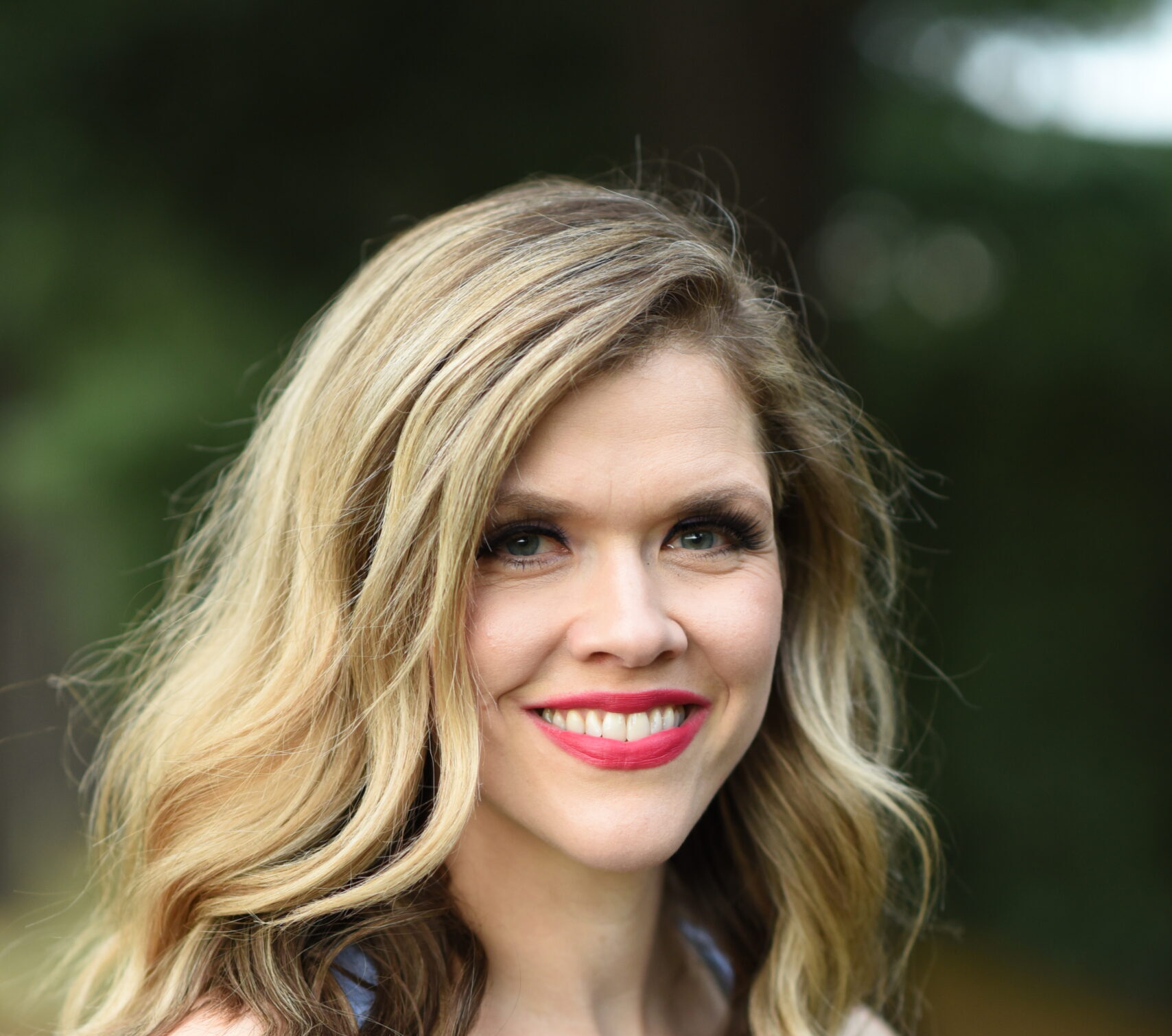I want to share with you some of my favorite plant-based milks, all of which are hormone, casein, lactose, antibiotic, whey, cruelty free! (Also check out this post with more vegan alternatives to cow’s milk products).
Recently, I saw an ad in my local newspaper about the 2ndannual “Got Milk?” celebration. It was to be held at a local mall and included a free milk mustache picture that you could take, a free meeting with a registered dietitian (who no doubt would tell you you’re not getting enough calcium so you need to drink more milk!), as well as free smoothies made from cow’s milk, eh, makes my stomach curdle just thinking about it.
I know of no other industry that is so intertwined with government agencies (WIC, for example, a government program for pregnant women and children, makes milk, eggs, and cheese the foundation of their free food program) and registered dietitians, whose job it is to give unbiased information. No other industry has made it a point to be their own food group on the food pyramid. Seems like a conflict of interest. But considering that the dairy industry is one of the largest lobbying groups in the nation, spending millions and millions a year on making sure their power and influence stays in tack, it’s no surprise we are told to drink 3 glasses a day, or our bones will decay.
So cow’s milk is not good for me?
Yes!
It is NOT “nature’s perfect food,” as some would suggest.
Think about it, doesn’t it make sense that cow’s milk is meant for baby cows? We are the only species who drinks the mammary secretions/lactation fluid of another animal after being weaned from our mothers. Beyond this simple logic, their are dozens of environmental, ethical, and health reasons not to consume milk. The oft tauted benefits of milk (good source of protein, calcium, vitamin D) can easily be found in other foods.
Further, up to 80 different antibiotics are allowed in our cow’s milk; the homogenization and pasteurization, necessary for mass production, make the milk even less healthful; and most importantly, growth hormones, administered to dairy cows, are found in their milk. So why not just have your own cow and drink raw cow’s milk? Raw cow’s milk still contains casein protein, lactose, and whey (shown to either promote cancer, see The China Study, by T.C. Campbell, or be allergenic). And as discussed previously, the bottom line is that we humans are not nutritionally dependent on cow’s milk!
Here’s an excerpt from John Robbin’s Food Revolution:
It’s interesting that a group of American adults were asked what percentage adults worldwide did not consume cow’s milk. The average response was 1%, meaning they thought 1% of the world’s population does not drink milk. In actuality, 65% of the worlds population DOES NOT drink milk (“U.S. Public Wrong About Dairy in Rest of World,” The Dairy Express, October 29, 1999, p. 6). This seems to show that all of our dairy education is working. As Americans, we believe that everyone else is like us.
Another interesting point to note is that with all of our milk consumption we should be the healthiest in the planet, at least in terms of the lowest rate of hip fractures (a sign of bone strength/weakness) and osteoporosis (thought to be linked to low daily calcium intake), right? Yet the countries with the highest consumption of dairy products, Finland, Sweden, the U.S., and England are also the countries with the highest rates of osteoporosis and hip fractures (The Food Revolution, John Robbins, p. 104).
[For more info on why I personally don’t drink cow’s milk, see this previous post.]
So what’s a person to do, if you want to cut the lactation fluid of a cow (cow’s milk) from your diet? Visit Go Dairy Free for some helpful suggestions and see below for info on the wide variety of plant-based milks (it’s not just soy milk anymore, people!) as well as the recipes below to make your own milk, which are so simple, easy, and and inexpensive you’ll wonder why you ever paid $3 for a skimpy box of rice milk.
Above: Pictured is rice milk, that I made. As you can see it is white and creamy looking, similar to cow’s milk, as most plant milks are.
One of the complaints I hear from people about plant milks is this: “I would drink soy milk instead of cow’s milk, but it’s just so expensive!” It’s interesting that cow’s milk would be so much cheaper than milk made straight from a plant, since we have to feed and care for the cow before we even get the milk. The cheap cost of milk is mostly due to massive government subsidies, but I digress.
My response is usually something along these lines. First, there are a lot of other options other than soy. Second, you can easily make your own plant-based milk for a fraction of the cost (and I think it tastes better too!). Third, we don’t need to drink 3+ glasses of milk a day. This concept was created by the dairy industry which benefits (financially) by our high consumption of milk. I use milk in hot/cold cereal, in smoothies, in soups, sauces, gravies, and dips. So you will drink less milk than before, replacing those previous calories with more nutrient dense foods like fruits & vegetables
Tips on Making Your Own Plant-Based Milks:
- If you want richer milk, use less water. Lower-calorie, less rich, add more water.
- You can add as much or as little sweetener as you want, depending on your desired level of sweetness.
- Agave nectar, brown rice syrup, maple syrup and dates are all good options for sweeteners
- To make “plain” flavored milk, omit the sweetener and vanilla, & use a tad bit less water (or add more of the solid ingredient)
- Homemade plant milk, obviously is not fortified (with calcium, vitamin D, vitamin B-12), as most store bought milks are. This shouldn’t be a concern if you are getting daily sunshine, taking at least 5 mcg of B-12 daily, and eating whole plant foods, specifically leafy greens & beans (although nearly all plant foods contain calcium in varied amounts).
- Almond milk needs to be strained after being blended. Rice milk and oat milk can also be strained, but is not necessary.
- You can buy nut milk bag strainers, but a very inexpensive alternative is a paint thinner bag. It can be purchased at any home improvement store. I bought a pack of 3 for $2 at Lowes.
- I store my milk in quart size glass bottles. I always save the glass bottles from Bragg’s apple cider vinegar, and these are the perfect size for these recipes.
- Plant-based milks need to be used within 2-3 days. So make small batches (depending on your family size). For our family of 5 we use about 2 quarts every couple of days.
- Rice, banana & almond milk are the most delicious, great for cereal and smoothies. Cashew and oat milk are great for baking and cooking.
- Rice milk is by far the most inexpensive to make, but the other milks can be made rather inexpensively, especially if you can buy the ingredients in bulk.
Rice Milk One of my favorite milks to make because it’s so easy! I put the rice in my rice cooker with water the night before so it can soak and set the delay timer so when I wake up in the morning I have freshly cooked rice, ready to made into milk.
- 2 c. brown rice
- 4 c. water
- 2-4 TBS. sweetener
- 1 tsp. vanilla
Blend all ingredients on high until VERY smooth. Strain through a fine mesh bag if you want.
Almond MilkAlmond milk is so delicious, there really is no comparison to it’s light, creamy, hint-of-almond taste. I like to soak my almonds for 24 hours, rinsing once after 12 hours. You will need a fine mesh strainer/bag to make this milk (see above TIPS on Plant-Based milk making for more info on the bag). The almond pulp left over from straining is very high in fiber and can be used as filler in muffins, cakes, flax crackers, or quick breads.
- 2 c. soaked almonds (soak 6+ hours, or overnight)
- 4-6 c. water (depending on desired richness)
- 4 soaked dates OR 2-4 TBS. sweetener of choice
- 1 tsp. vanilla
Blend all ingredients on high until VERY smooth. Pour the liquid through a fine mesh strainer/bag. Save leftover pulp to use in baking (muffins, cakes, ect.).
Cashew Milk Cashew milk is VERY rich (high in fat and calories) and is excellent to replace fat in recipes. I especially love using this for french toast. No need to add sweetener or vanilla because it’s very flavorful on its own, but do so if you’d like.
- 1 c. cashews
- 3 c. water
Blend on high. No need to strain.
Oat Milk I like to use leftover oatmeal to make this. This is a great milk to use when baking.
- 2 c. cooked oatmeal
- 4 c. water
Blend on high until very smooth. No need to strain, but you can if you want a finer texture.
Banana Milk I love this over cooked cereal because there’s no need to add any additional sweetener to the cereal–it’s all in the milk! The milk turns a slightly brown color because of the bananas, but this does not alter the flavor one whit.
- 3 ripe bananas
- 3 c. cold water
- 1/4 c. maple syrup
- 1 tsp. vanilla
Blend on high until VERY smooth.
Have fun trying these recipes out. You will be surprised at how easy it is to make and how tasty these milks can be!



Comments